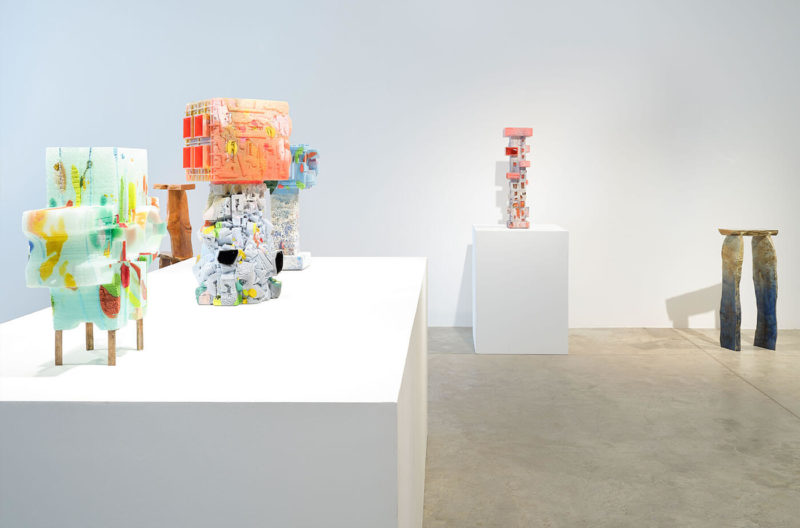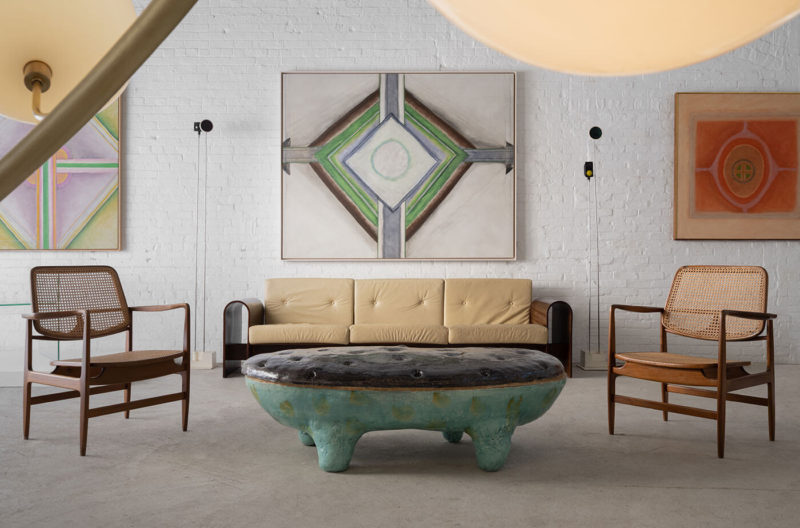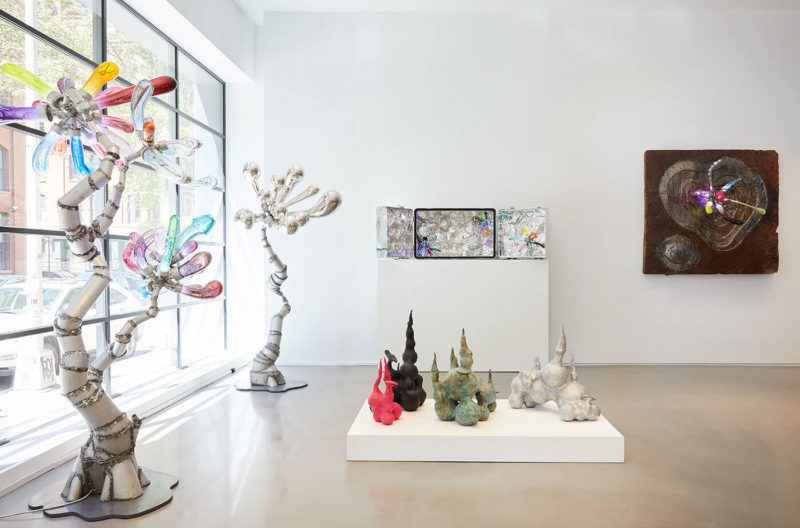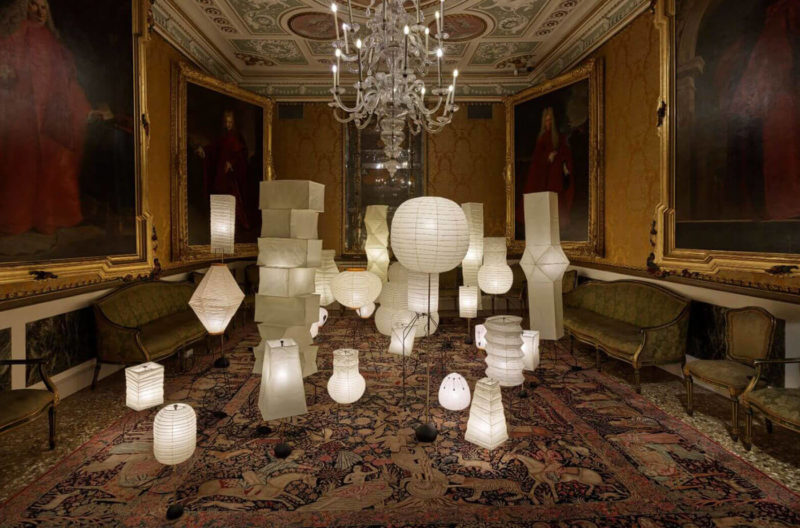Conversation Pieces: Contemporary Furniture in Dialogue
A new exhibition at SFMOMA surveys iconic furniture pieces that prioritise expression over utility.
SFMOMA, San Francisco
20th August 2022-25th June 2023

Nathalie due Pasquier, ‘Royal’ chair, 1983
COURTESY: Nathalie due Pasquier & SFMOMA
WHAT DO JAY Sae Jung Oh, Nathalie du Pasquier and Isamu Noguchi have in common? The answer is they’ve all forged autonomous careers around creating work that is far more about political, cultural and environmental ideas, than about function. Given its accessibility and traditional connection to mass production, design is the perfect medium for expressing social criticism and making personal artistic statements. Designed objects, including furniture, can reach audiences beyond the traditional enthusiast for conventional artworks. But that same closeness to ordinary functional objects can also make these pieces’ different, more conceptual, purposes invisible.

Jay Sae Jung Oh, ‘Savage armchair’, 2020
COURTESY: Jay Sae Jung Oh & SFMOMA
A new exhibition at San Francisco’s SFMOMA sets out to address this challenge, drawing on the institution’s extensive architecture and design collection. The showcase has been curated by Jennifer Dunlop Fletcher, SFMOMA’s Helen Hilton Raiser Curator and Department Head of Architecture and Design, in collaboration with Los Angeles-based creative director and interior designer Alexandra Loew. By bringing together 40 cutting-edge works by some of the industry’s most lauded historic and contemporary names, ‘Conversation Pieces’ seeks to spark dialogue about a myriad issues.
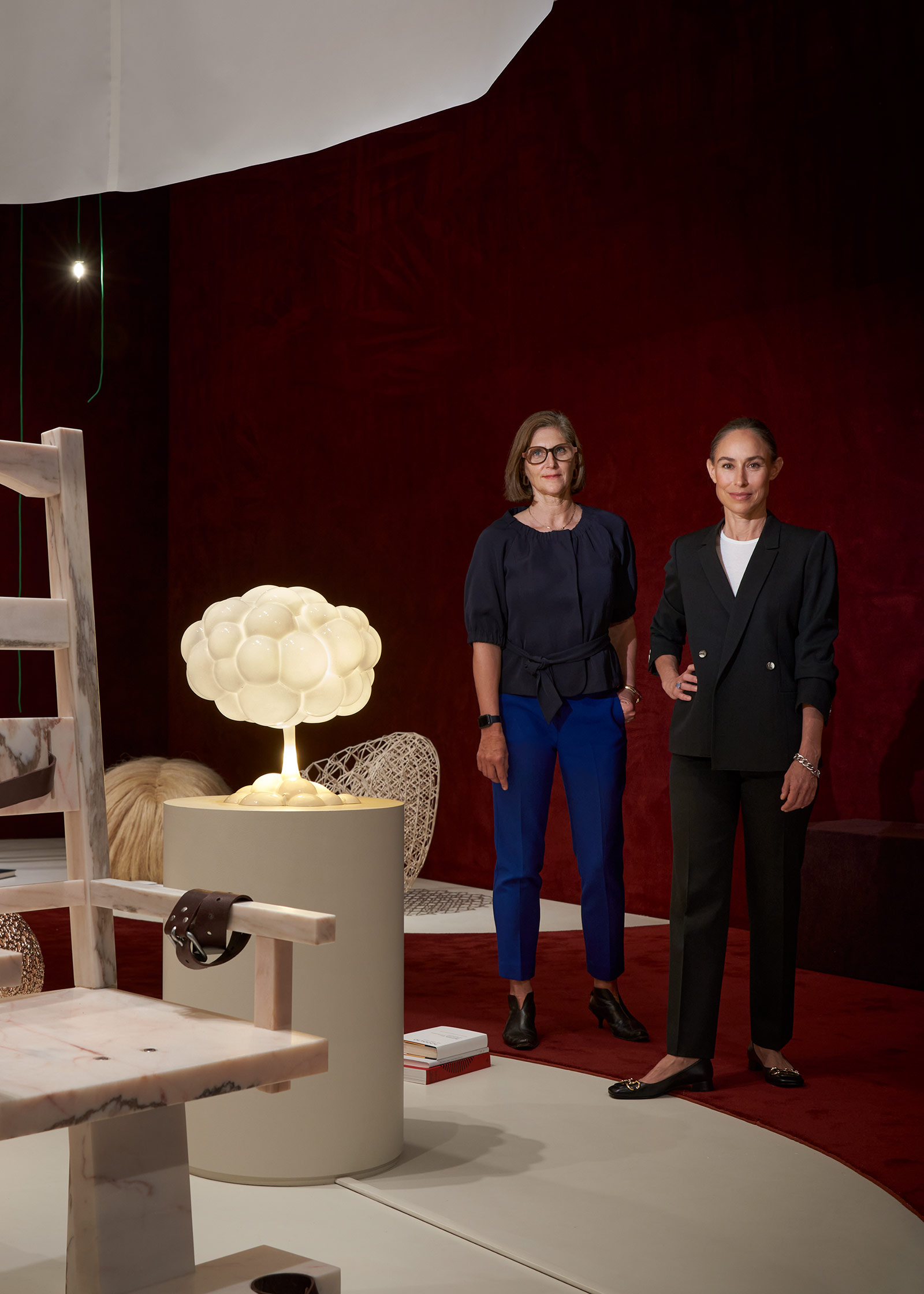
Jennifer Dunlop Fletcher (left) & Alexandra Loew (right)
COURTESY: SFMOMA / PHOTOGRAPH: Matthew Millman
SFMOMA’s A+D department has a strong history of presenting provocative, visionary and culture-shifting works of design. This showcase takes that tradition a step forward by providing a snapshot of the ever-expanding contemporary collectible design scene, placed in dialogue with recent historical output.
![Dozie Kanu, ‘Chair [v] (Electric Chair)’, 2018 COURTESY: Dozie Kanu & SFMOMA](https://thedesignedit.com/wp-content/uploads/2022/08/745-conversation-pieces-2022-4.jpg)
Dozie Kanu, ‘Chair [v]’, 2018
COURTESY: Dozie Kanu & SFMOMA
In designing the exhibition, Loew has tapped into her strong background in academia, theory and criticism, as well as her own design practice (combining creative direction and interior design with building collections of furniture and decorative art). In her academic work, she has questioned, she explains, “the modernist dogma that decoration should be secondary to architecture at best.”
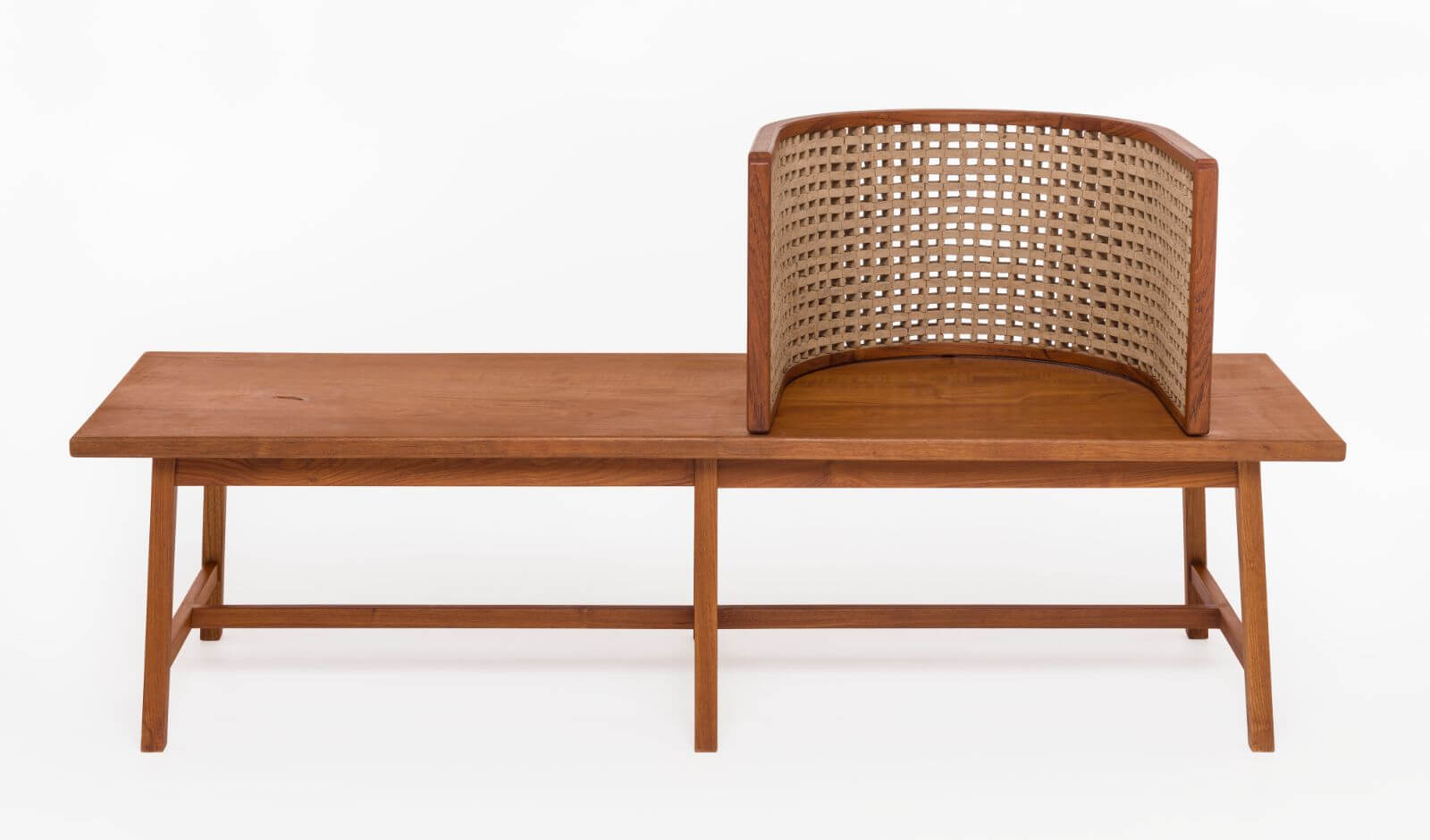
Bijoy Jain / Studio Mumbai, ‘Brick Study III’, 2016
COURTESY: Bijoy Jain / Studio Mumbai & SFMOMA
Indeed, she herself, as both exhibition co-organiser and designer, is attracted to environments that incorporate unlikely object pairings, set against moody hues that are neither one colour nor another, or unlikely combinations of aesthetic periods and forms that somehow feel at home together.
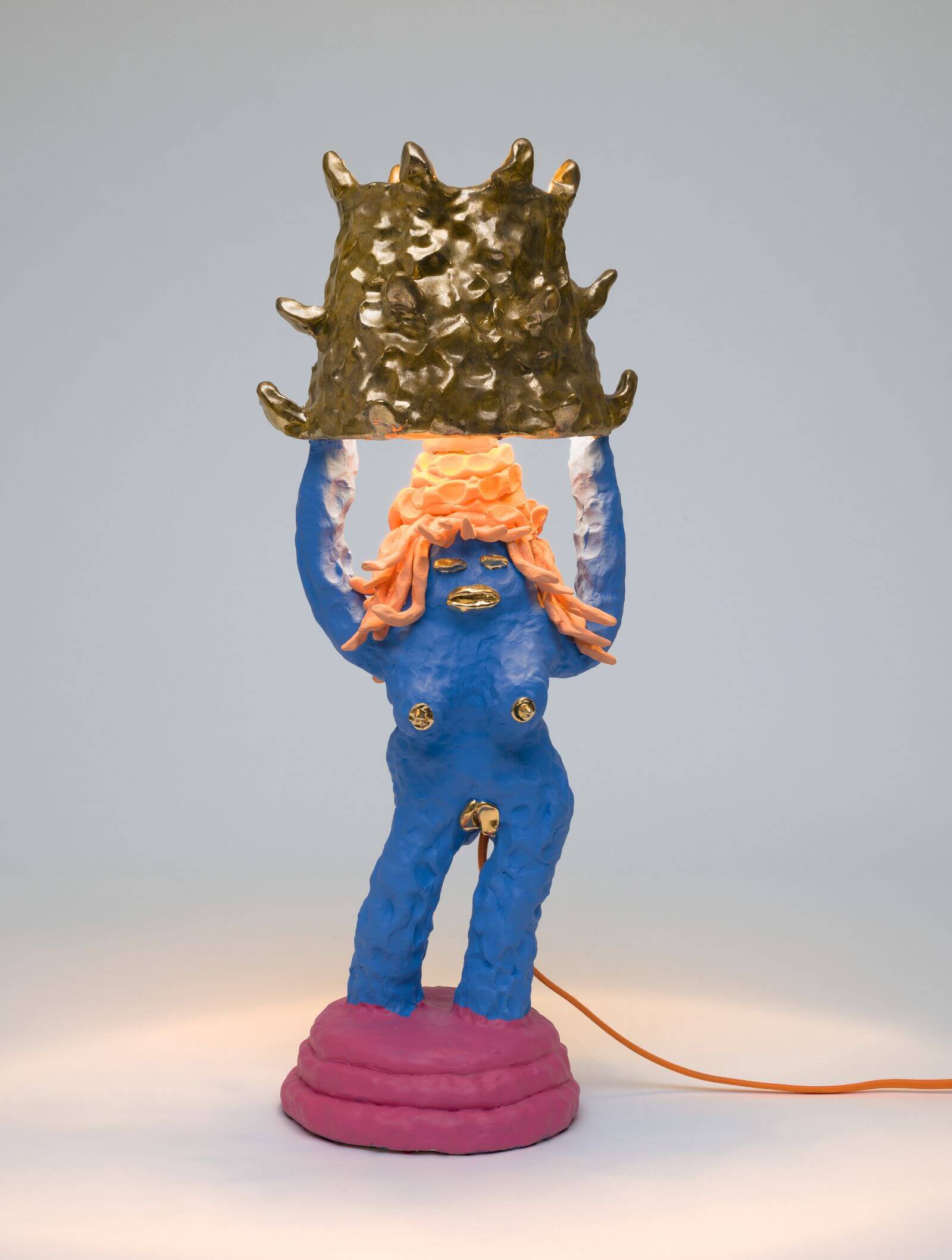
Katie Stout, ‘Unique Girl lamp’, 2017
COURTESY: Katie Stout & SFMOMA
This predilection has become the basis for a pared-back but captivating installation. Rather than rely on sensationalist tricks achieved with new A.R. or V.R. technology to create immersive displays (that often distract from the content at hand), the simpler sets are designed to tempt visitors to slow down and engage with the material more thoughtfully.
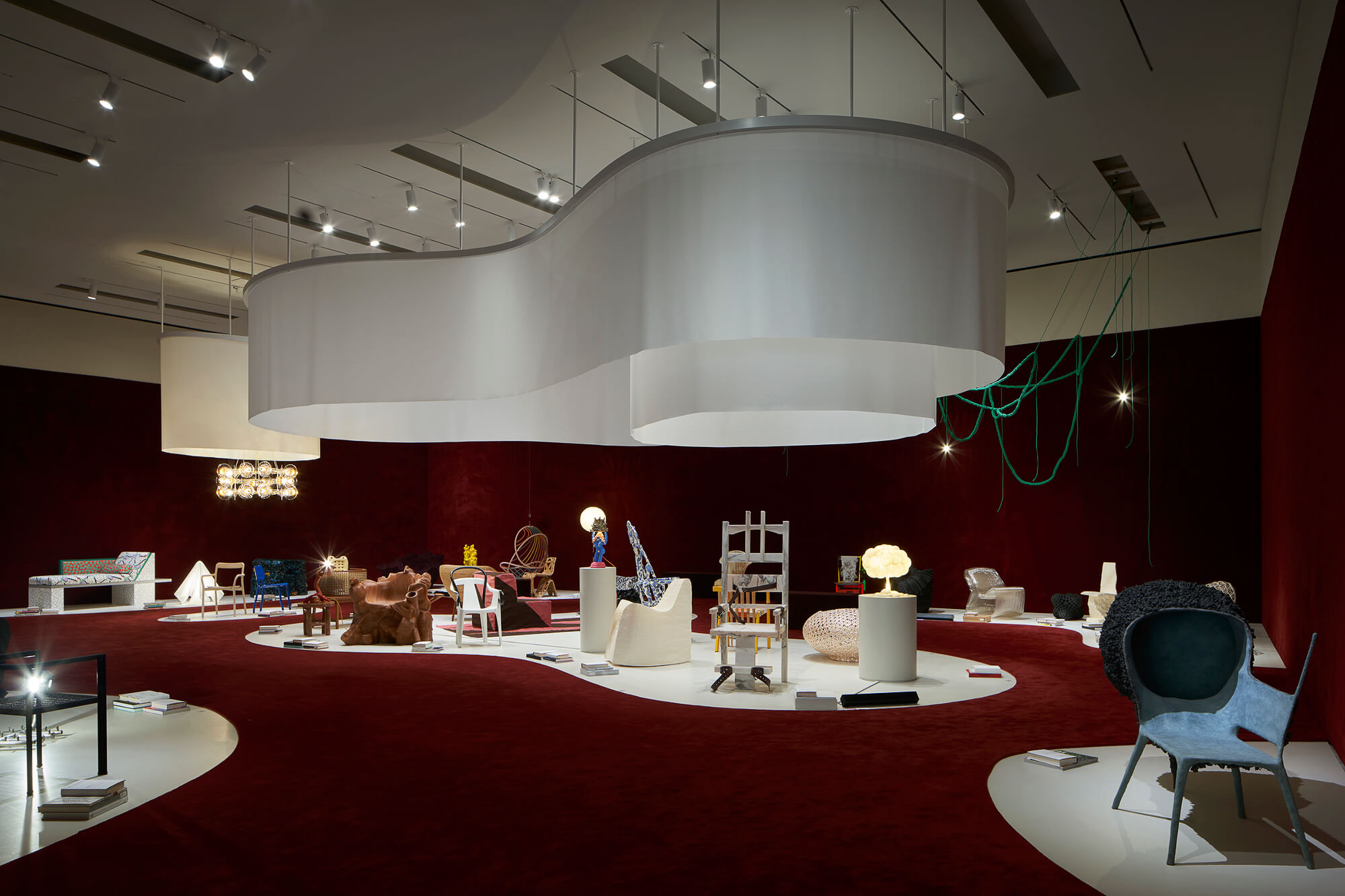
Exhibition view, ‘Conversation Pieces: Contemporary Furniture in Dialogue’ at SFMOMA
COURTESY: SFMOMA / PHOTOGRAPH: Matthew Millman
Pieces like Woody De Othello’s ‘Prying Through’ chairs (2021), Studio Mumbai’s ‘Brick Study III’ bench (2016), and Dan Friedman and Paul Ludick’s ‘Mutant’ chair (1985) have been placed at the same height as the museum seating. Museum-goers are invited to sit down in front of each and listen to audio recordings of the designers talking honestly about the issues they’re facing today: an intimate and discursive approach that leaves them with a lot to mull over.
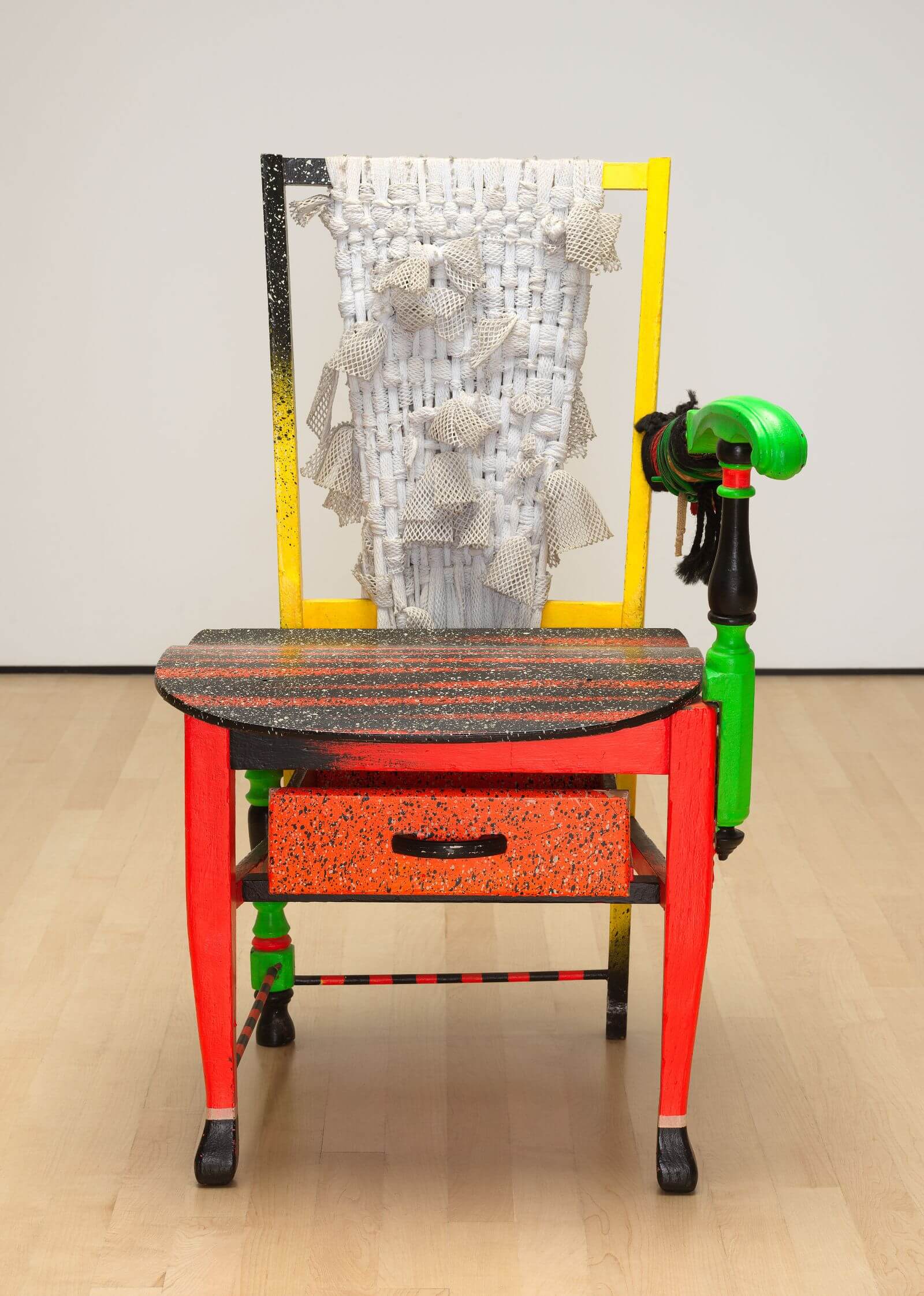
Dan Friedman and Paul Ludick, ‘Mutant’, 1985
COURTESY: Dan Friedman and Paul Ludick & SFMOMA
“Now that we are both more comfortable with consumption and open to challenging it, the field for experiencing design is wide open”
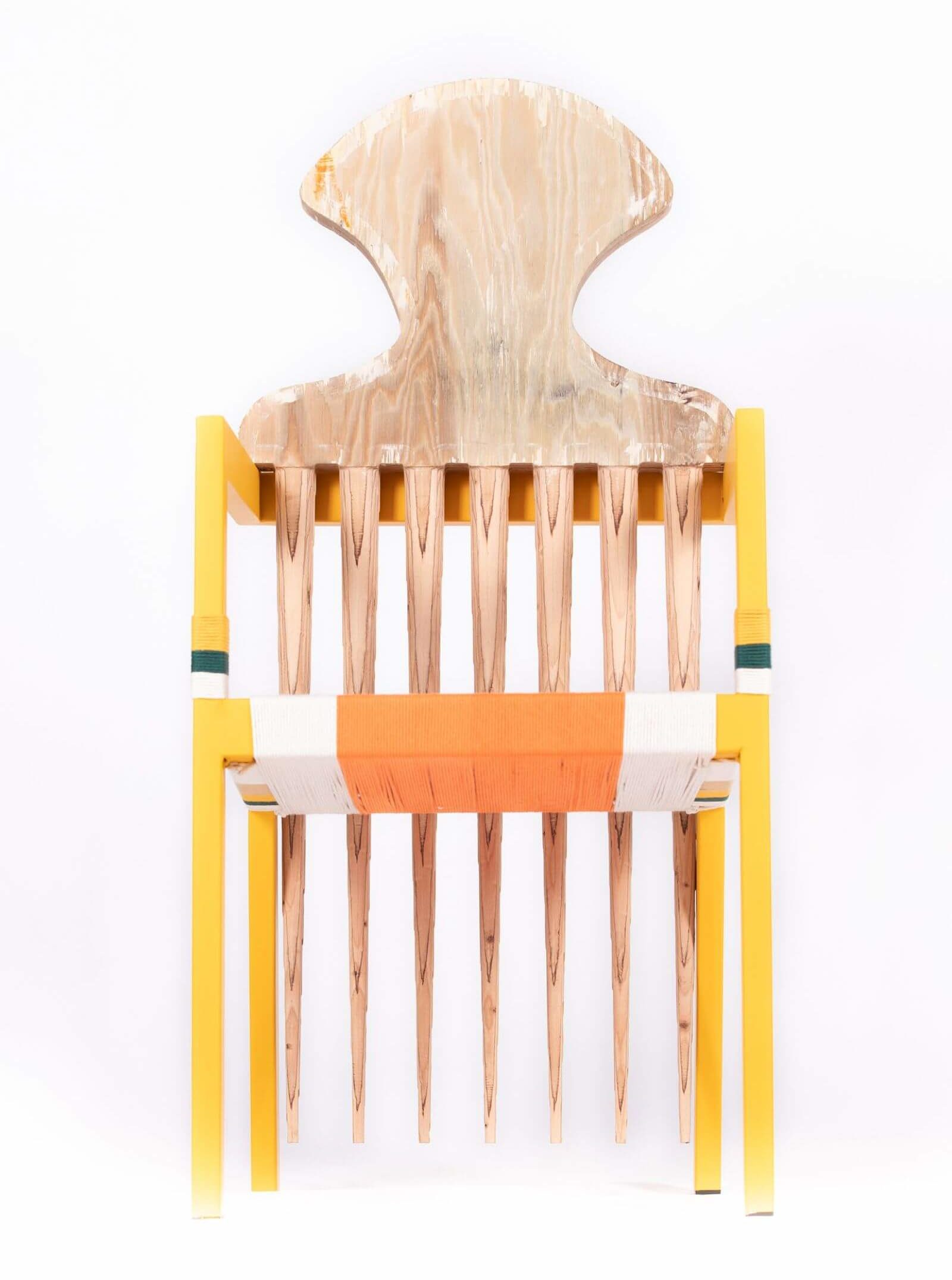
Germane Barnes, ‘Uneasy Lies the Head that Wears the Crown’, 2020
COURTESY: Germane Barnes & SFMOMA
“As creators, curators, consumers and collectors, I think we’re less concerned about taste and more interested in the integrity of the objects themselves”
While Bethan Laura Wood, for instance, explores the complexities of being able to be more personal and expressive in the industry, Martino Gamper ponders how the body can inform a more intuitive type of furniture making. “We wanted [the exhibition] to feel more conversational than authoritative,” Loew explains. “Choices around texture, colour, shape, light and acoustics were made with these goals in mind. We framed it as we would an interior design project, because the visitors are part of the installation.”
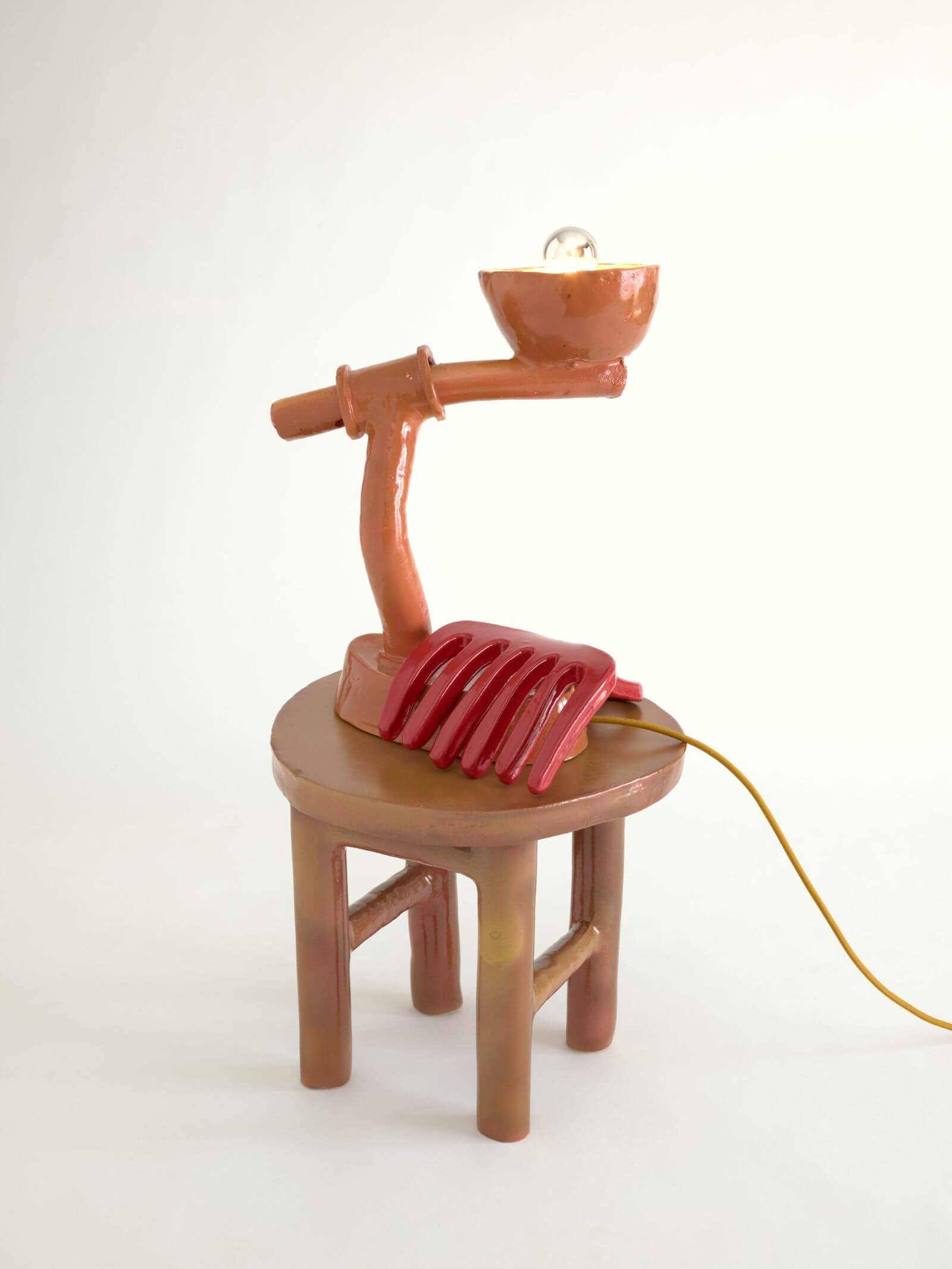
Woody De Othello, ‘Prying Through’, 2021
COURTESY: Woody De Othello & SFMOMA
She comments further, “In the ‘Good Design’ era, there was a system of arbiters and public education that established criteria around tasteful and modern design – nothing left to subtract, the efficiency of production, and a clear relationship between function and form.” Loew suggests that “This movement came at the onset of a new consumer culture. One could argue that the anxiety around so many options birthed a system for navigating them.” By contrast, she adds, “Now that we are both more comfortable with consumption and open to challenging it, the field for experiencing design is wide open. As creators, curators, consumers and collectors, I think we’re less concerned about taste and more interested in the integrity of the objects themselves.” This show represents a concerted effort to place designed objects centre stage and enable them to speak.
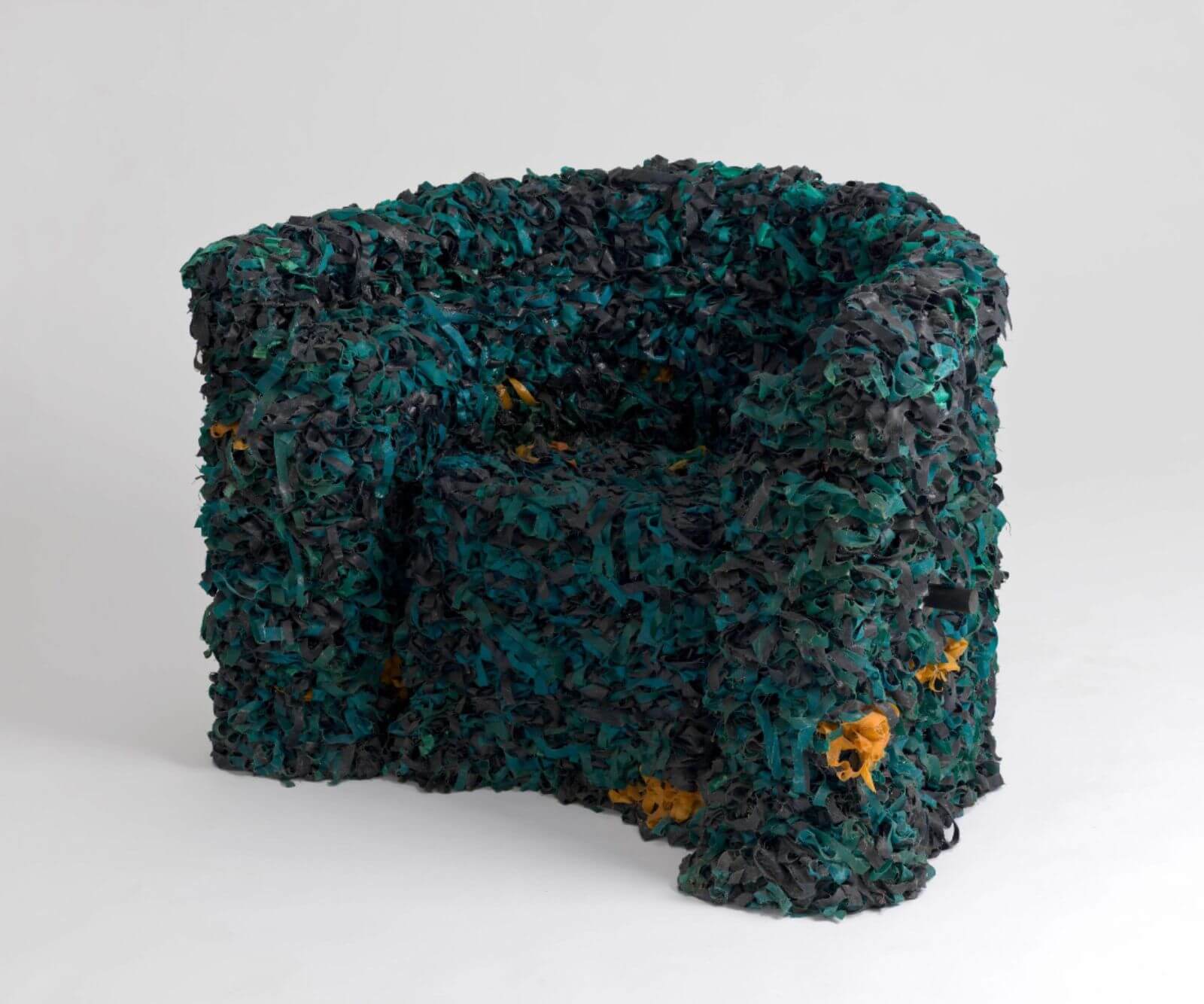
Gaetano Pesce, ‘Seaweed chair’, 1991
COURTESY: Gaetano Pesce & SFMOMA




